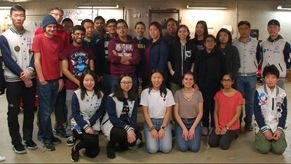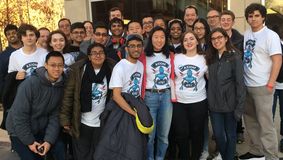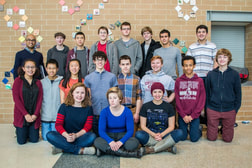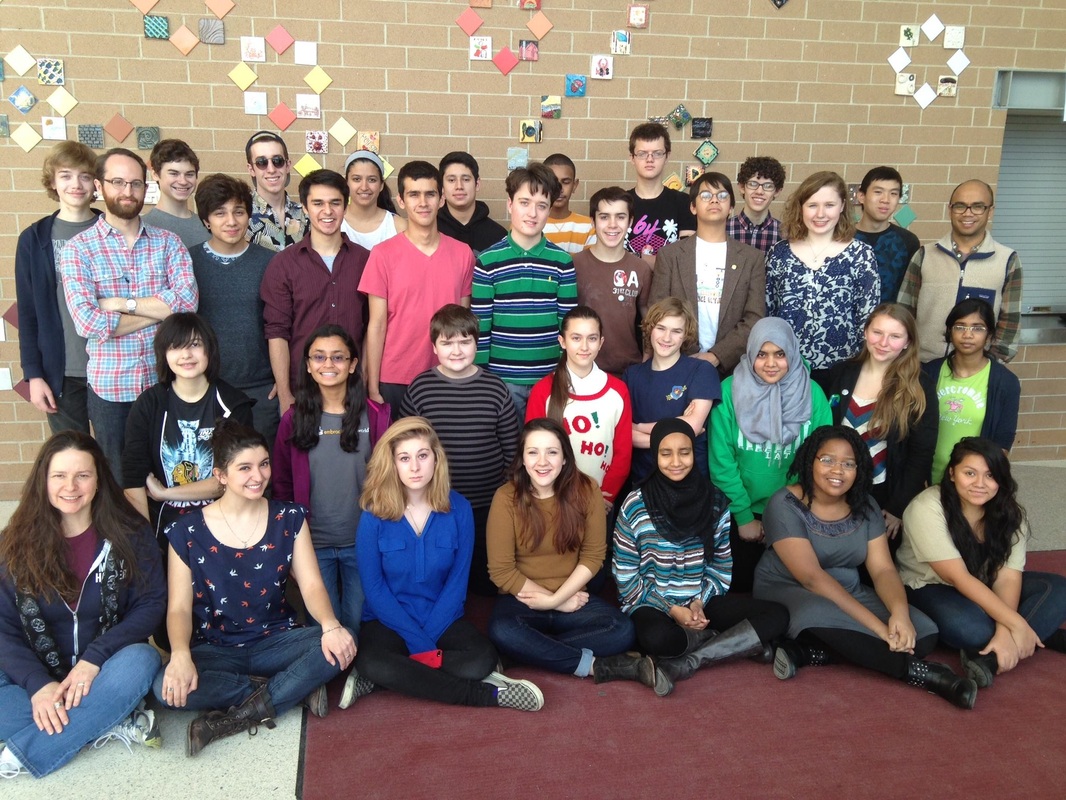Past FRC Competitions
2021-2022
Rapid React
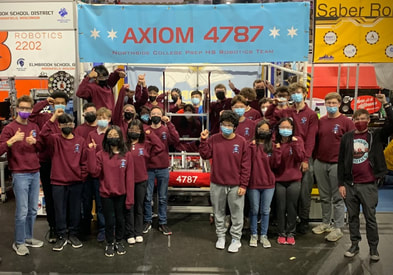
2020-2021
Game Design Challenge and Innovation Challenge
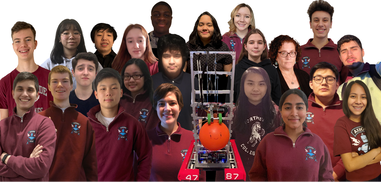
2021 was sort of a weird year for FRC. Instead of going to physical competitions, (if there even were any), FIRST decided to create digital challenges for the season. One of these challenges, the "Game Design Challenge", involved teams creating their own FRC games. The other, the "Innovation Challenge", involved teams creating a product to solve a problem. Our team decided to split into two to participate in both challenges. Our Game Design team created a game centered around stopping a reactor in a volcano from overloading, and our Innovation Challenge team created an app to help people exercise. Both teams did very well, and the Game Design team managed to pull through and win the Engineering Design award out of all the teams in the state!
Check out the Game Design challenge submission here: youtube.com/watch?v=aiMC9H7W0B4
Check out the announcement in the award ceremony: youtu.be/1exqy-dX8Oo?t=851
2019-2020
Infinite Recharge
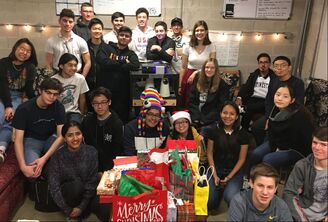
The main goal of the 2020 (in the months before COVID) FRC challenge, Infinite Recharge, was to protect planetary citizens from an (obviously fictional) asteroid by using power cells to charge up a shield barrier. Yellow dodge balls were used as power cells to "charge up" the shield barrier by throwing them into either low or high hoops. Our team, after some difficulty with building the planned robot, ended up having to go with a defensive robot, which involved moving around the yellow dodge balls to make them easier for our alliance and more difficult for the opposing alliance to collect.
2018-2019
Destination: Deep Space
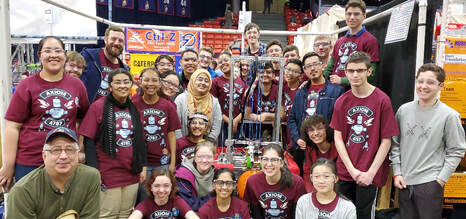
The 2019 FRC challenge involved placing balls labeled as "cargo" into rockets and a cargo ship and placing panels on the ships to keep the balls in place. Each team first had to place the panels, then drop the balls into the holes. If a team managed to place all the panels and fill all the holes in a rocket, they got a ranking point. Our robot was designed to place the balls into the lower holes.
2017-2018
Power Up:
|
The 2018 FRC challenge, which had a retro video game theme, required that participants place milk crates into either high or low scales, or deliver them to the sidelines for additional points or match advantages. Our robot, Midnight, was a forklift with intake wheels on the arms to assist with grabbing the uneven crates. Our team was able to make use of our experience with a forklift design in this challenge.
|
2016-2017
Steamworks:
2015-2016
Stronghold:
|
The 2016 FRC challenge required participants to build a robot that was able to cross their opponent's defenses, shoot balls into towers, and climb towers. Our robot, Super Guppy, was based off the rocker-bogie system used on Mars rovers, and was able to cross defenses and shoot balls into the low goal.
Here is a video of a competition from that year: www.youtube.com/watch?v=Ud9Px9eiI6U |
2014-2015
Recycle Rush:
|
The 2015 FRC challenge required participants to build a robot that was able to lift totes and recycling bins into a stack. Our robot, Mitz-Simmons, was a simple forklift design, but we're proud to say that our CAD/Fab team built our carbon fiber fork blades from start to finish! Mitzy has an A-frame chassis that can also be used to push totes, in addition to lifting them with her arms.
|
2013-2014
Aerial Assist:
|
The 2014 FRC challenge required participants to build a robot that was capable of catching and throwing a 2"-diameter ball into high and/or low goals. Our team decided to model our bot, Gouda, after a catapult; it would encompass a "grabber" that rolls the ball onto the "launcher," which uses elastic energy and a winch system to shoot the ball through the air.
|
2012-2013
Ultimate Ascent:
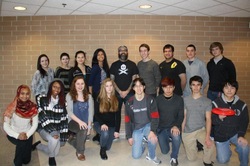
The 2013 FRC challenge required participants to build a robot that was able to either deflect or throw a frisbee into high goals. That year, our team decided to create a defensive robot, The Kraken, that created a blast of air to knock other teams' frisbees off course.

